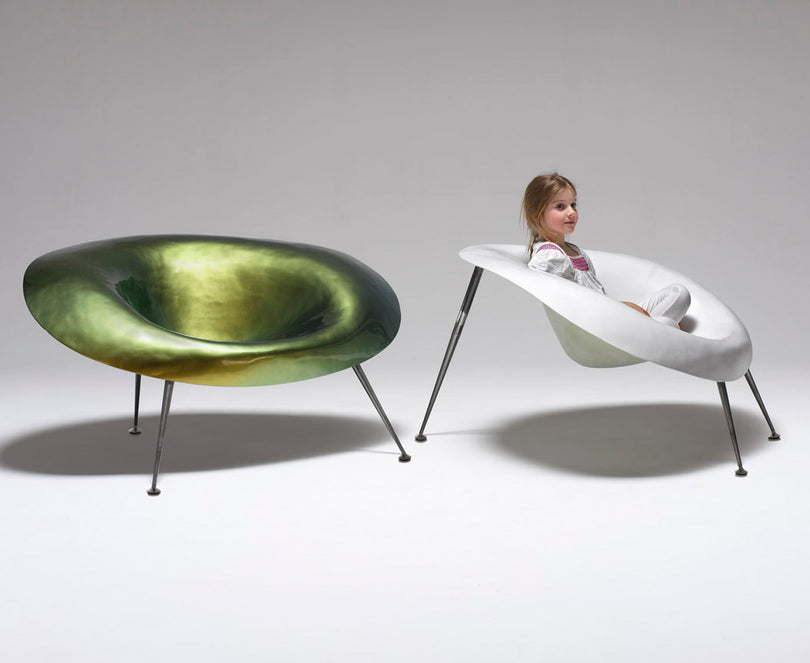
Paper cord...
also referred to as paper yarn, paper rope, or paper twine, has been used in furniture making for centuries and stands as a favored material featured in select pieces across the Gubi and Carl Hansen & Son furniture collections at Dshop.
The history of paper cord usage in furniture can be traced back to ancient Egypt and China. In ancient Egypt, paper cord was made from papyrus reeds and used for various purposes, including furniture making. In China, paper cord was made from rice straw and used for weaving mats, baskets, and furniture.
In the 20th century, paper cord became popular in modernist furniture design, particularly in the work of designers such as Hans Wegner, Marcel Breuer, and Alvar Aalto. These designers used paper cord to create simple yet elegant furniture pieces that showcased the material's natural beauty and strength.
Today, paper cord continues to be used in furniture making, both in traditional and contemporary designs.
Renowned for its aesthetic appeal, environmental consciousness, and eco-friendly attributes, our paper cord is fully biodegradable with our Carl Hansen & Son paper cord range crafted from FSC certified sustainable materials. Comprised of twisted or braided paper fibers, paper cord is celebrated for its durability, longevity, flexibility, and capacity to endure weight and tension, rendering it perfect for functional yet intricately woven patterns. The natural texture and visual appeal of paper cord bestow a distinctive organic charm to furniture, enriching the overall design and aesthetic that will patina beautifully over time. While our natural paper cord remains unbleached, the black variant is dyed. To ensure your paper cord chairs, benches, stools, and tables age with grace, you'll want to adhere to the maintenance and care instructions provided below.

Care & Mantenance...
- Paper cord is a low-maintenance material designed to last for many years. It can be repaired or replaced by a skilled weaver if necessary.
- Paper cord is treated with a thin layer of wax that helps prevent stains.
- Treat only as necessary. Overtreatment may cause unnecessary wear and tear.
- Clean with a soft cloth that is lightly dampened with water or a neutral, colorless soap solution.
- Never use detergent on your paper cord.
- Do not rub the cloth, but rather dab it gently on the stained or liquid-exposed area.
- A cushion can be used to protect your natural paper cord from staining from deeply colored liquids or textiles, like a pair of new blue jeans.
- Woven chairs may arrive a bit askew due to the tight weave. This will self-correct shortly after use.
- Avoid intense exposure to sun, humidity, and heat.













